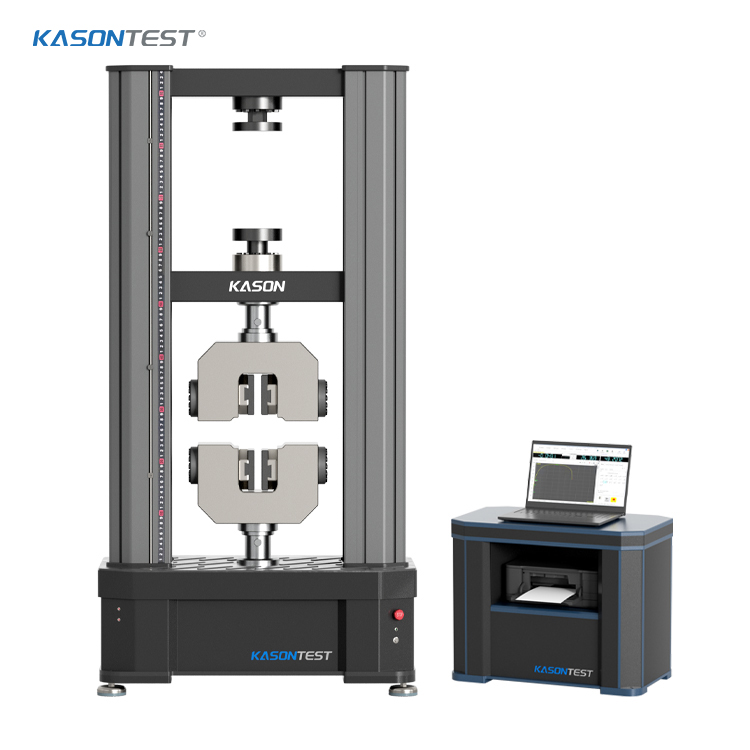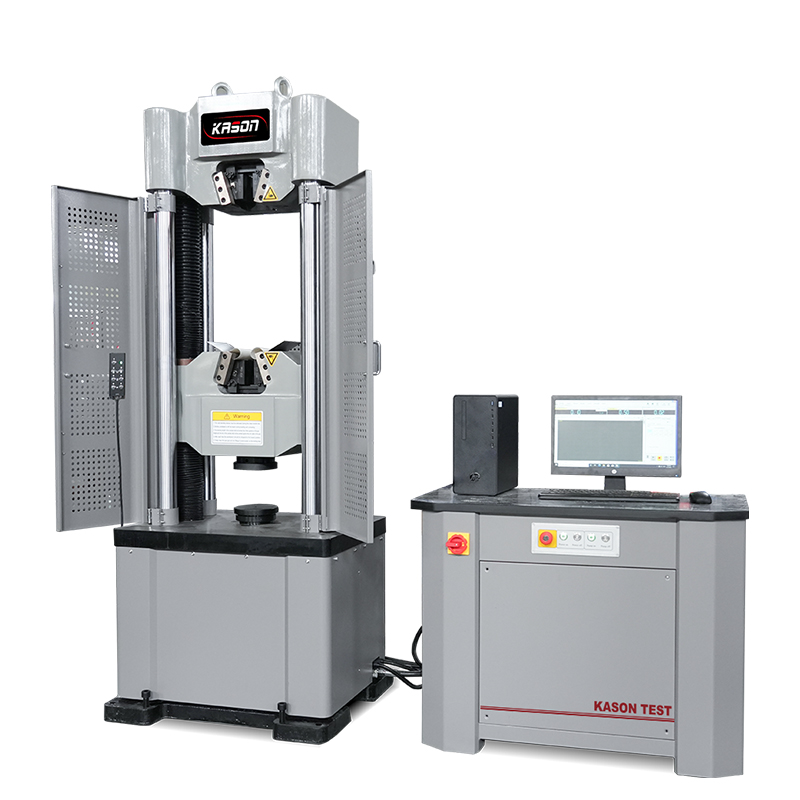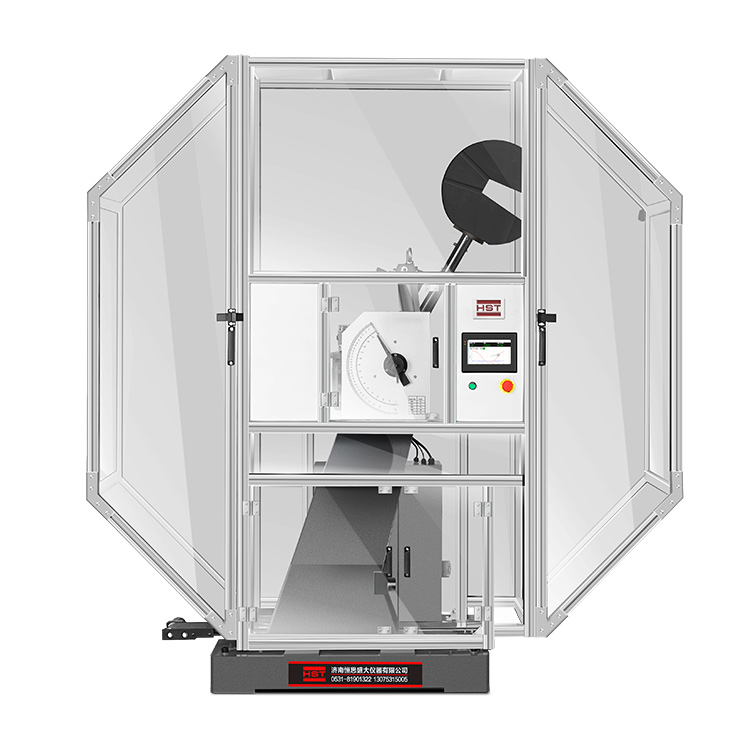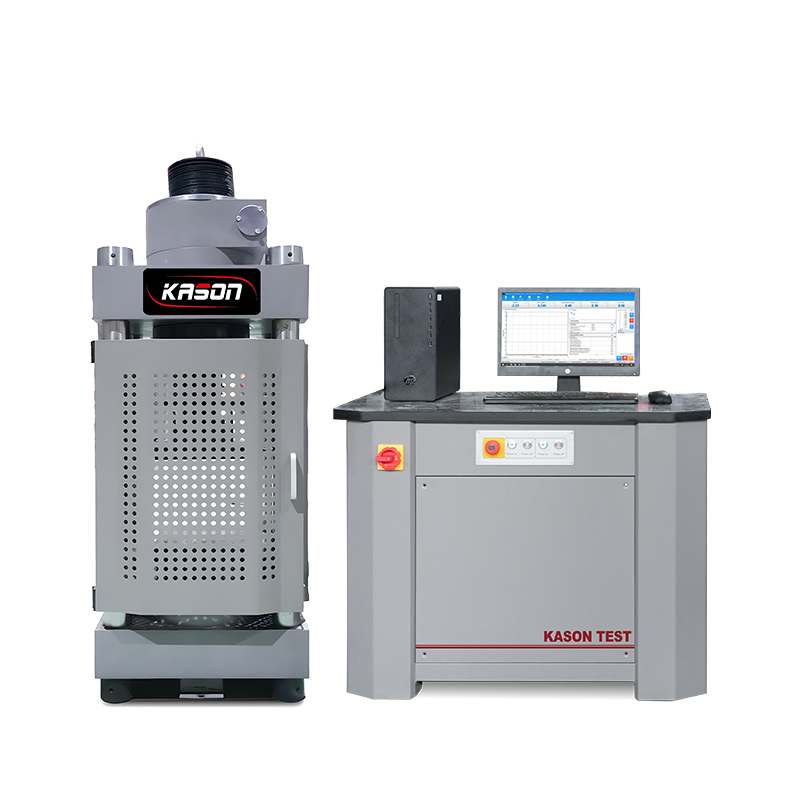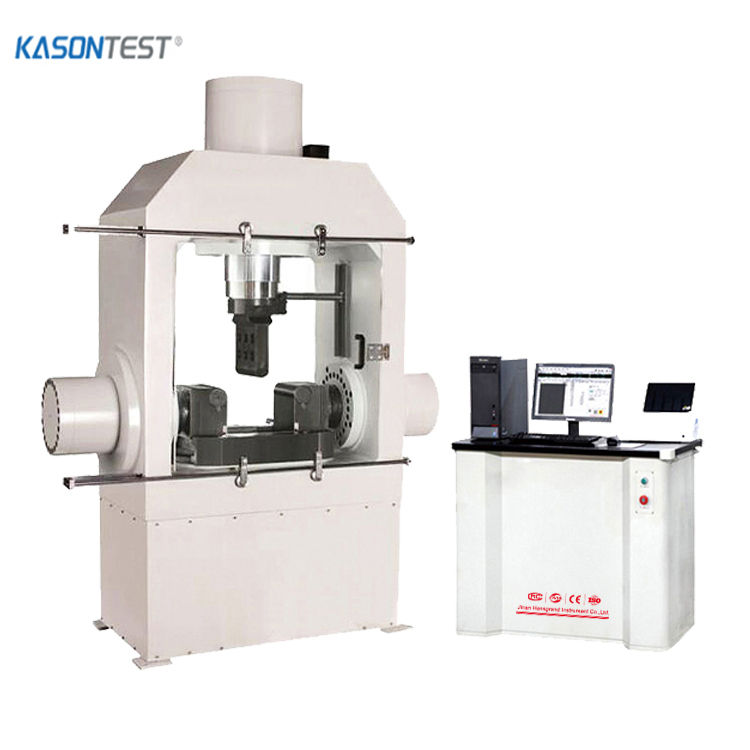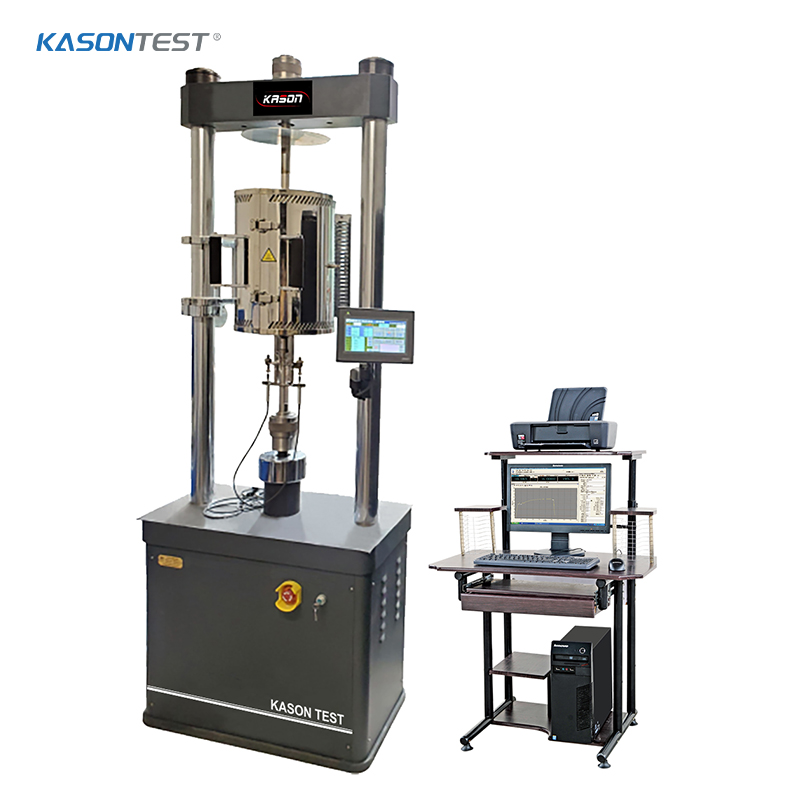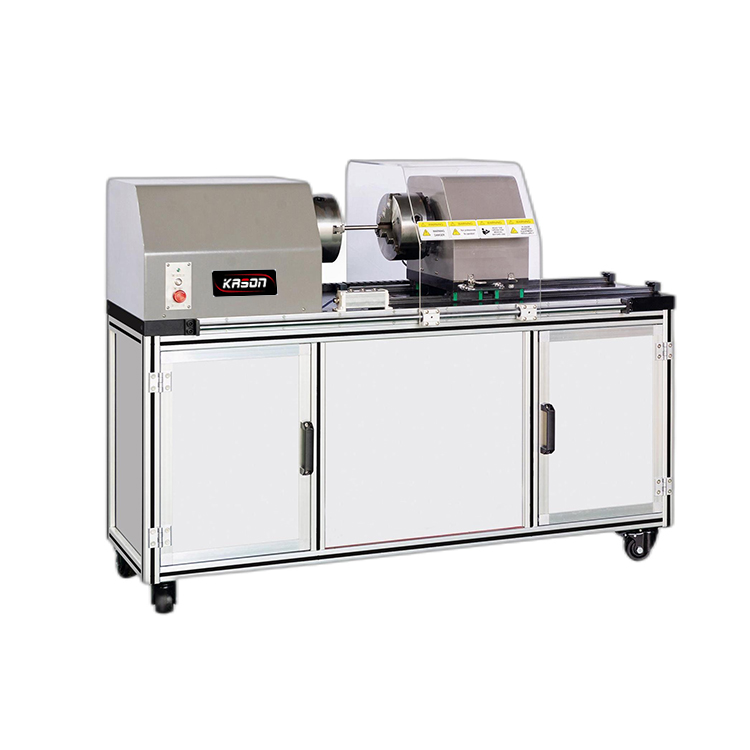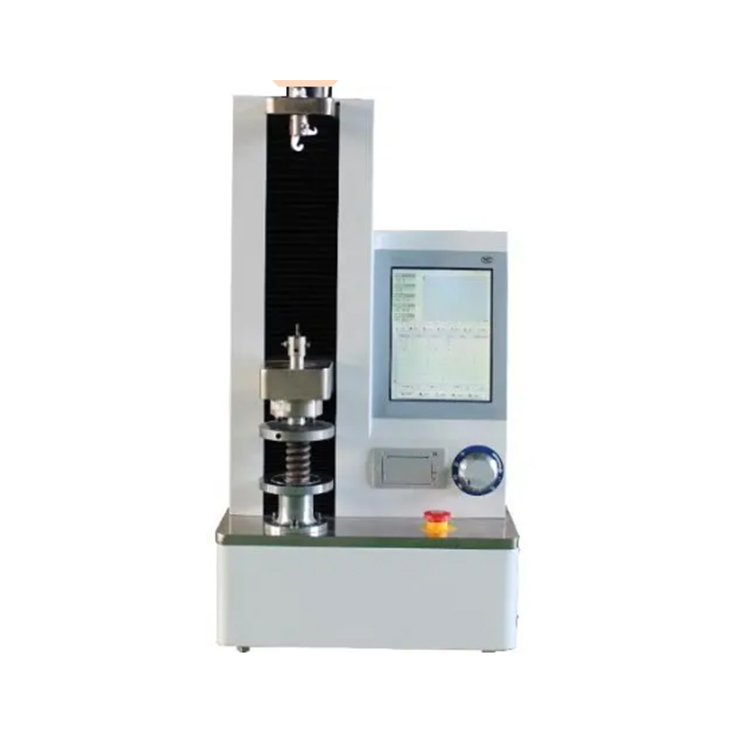Microhardness Testing
Microhardness testing is a precise method used to measure the hardness of materials, particularly small or thin specimens, or specific microstructural features within a material. Unlike macrohardness tests that indent large areas, microhardness testing employs very small indents, typically ranging from a few micrometers to hundreds of micrometers in size, allowing for detailed analysis at the microscopic level.
The principle behind microhardness testing involves applying a controlled load to an indenter, which is then pressed into the material's surface. After removing the load, the dimensions of the resulting indentation are measured using a microscope. The hardness value is calculated based on the applied load and the indentation size, following standardized formulas. Common indenters used include the Vickers diamond pyramid and the Knoop elongated diamond, each suited for different applications.
Vickers microhardness testing uses a square-based diamond pyramid indenter, making it versatile for testing a wide range of materials from metals to ceramics. The Vickers hardness number (HV) is determined by dividing the applied load by the surface area of the indentation. Knoop hardness testing, on the other hand, uses a longer, narrower indenter, producing a shallower indentation that is ideal for brittle materials or thin layers where minimal damage is critical.
The testing process requires careful sample preparation, including polishing to achieve a smooth surface finish, ensuring accurate indentation measurement. Environmental factors such as temperature and humidity are also controlled to maintain consistency. Modern microhardness testers often integrate automated systems for precise load application and digital imaging for efficient indent measurement.
Microhardness testing finds applications in materials science, metallurgy, and engineering, aiding in quality control, research, and failure analysis. It helps evaluate material properties like strength, wear resistance, and the effects of heat treatment or coating processes on a microscale. Its ability to provide localized hardness data makes it invaluable for studying material inhomogeneities, grain boundaries, and thin films.
In summary, microhardness testing is a vital technique for understanding material behavior at small scales, offering precision and versatility that support advancements in material development and industrial innovation.

